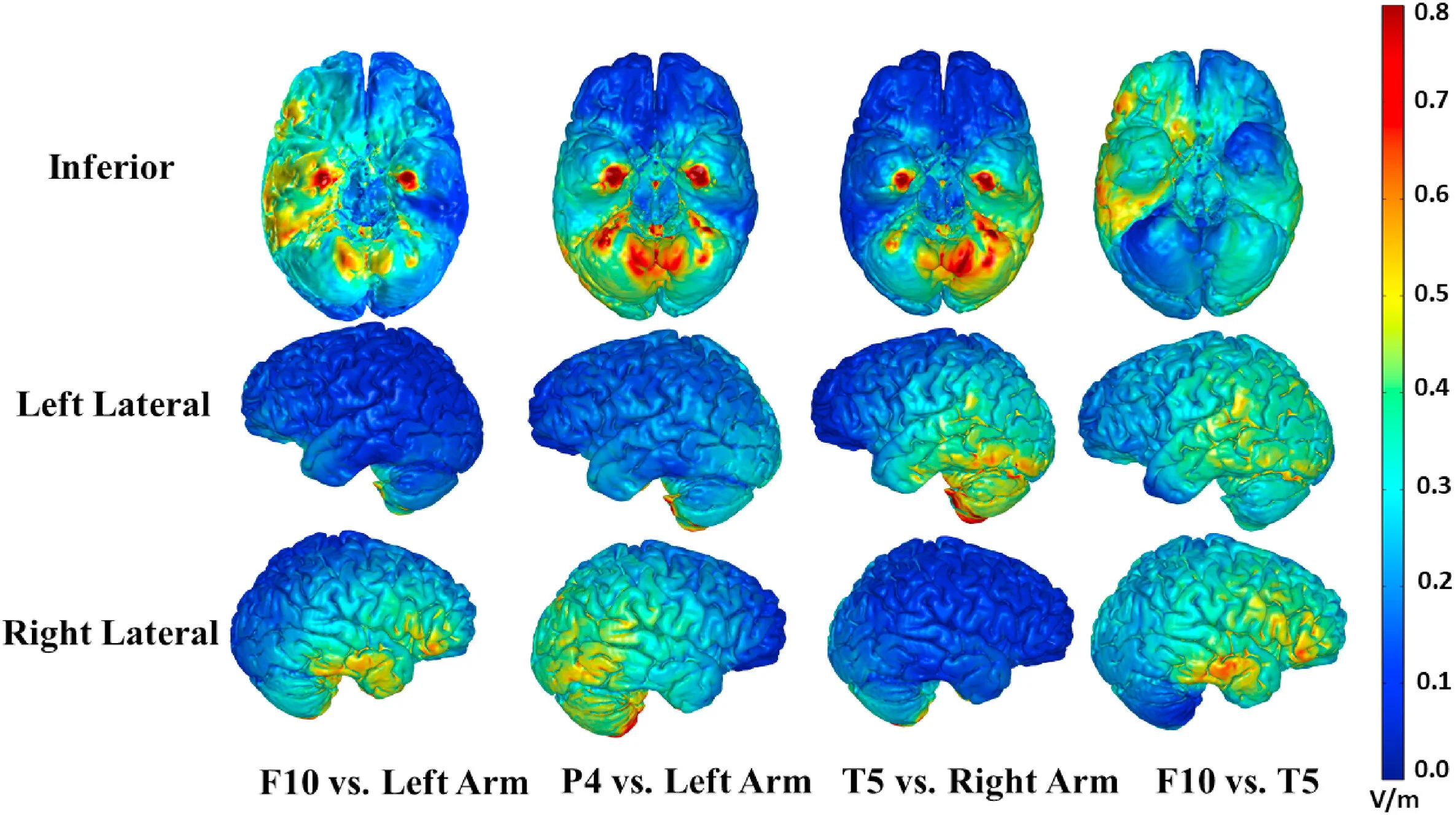Maximilian Nentwich, a PhD student in the lab of Dr. Lucas Parra will present his defense of her research proposal on Monday, May 2, 2021 at 1pm. A copy of his abstract is below. If you would like to attend, please contact Maximilian at mnentwi000@citymail.cuny.edu for the Zoom meeting ID.
NEURAL RESPONSES TO NATURALISTIC STIMULI
Maximilian Nentwich
Department of Biomedical Engineering
Mentor: Lucas C. Parra
Abstract
While experiments in neuroscience traditionally focus on well-defined static stimuli, the
results of these studies often fail to explain neural processes in naturalistic settings. Naturalistic
stimuli, like movies, allow for free eye movements and contain various complex visual, semantic
and narrative features. However, defining these features requires subjective and labor-intensive
manual annotations. Alternatively, the reliability of neural signals between brain areas or
subjects can be analyzed. This has led to the identification of brain areas that are correlated
between subjects, dependent on the narrative content of movies and the subjects attention.
Similarly, patterns of correlations between brain areas, termed ‘functional connectivity’ (FC), are
reliably activated during resting state and movie tasks.
FC has been studied extensively with fMRI, is reliable across methods and laboratories
and related to various psychiatric and demographic phenotypes. However, FC has not been
studied well in EEG. Therefore, aim 1 is to compare FC between fMRI and EEG. We
hypothesize that patterns of FC measured by fMRI and EEG are similar, and that FC in
both modalities is related to phenotypic variables. To test this, we analyzed a database of
EEG and fMRI recorded from over 1600 children and adolescents during resting state and
movie tasks. We computed FC matrices in fMRI with Pearson’s correlation, and in EEG with the
imaginary part of coherence (iCOH), a measure of phase-coupling. We then compared the
spatial patterns of FC by correlating connectivity matrices of EEG and fMRI. FC matrices of both
measures were related to phenotypes by multivariate distance matrix regression (MDMR), which
determines if differences of connectivity matrices correspond to differences in phenotypic
measures. Contrary to our hypothesis, we found that the spatial patterns of FC in EEG and fMRI
are distinct. However, FC in both modalities is related to phenotypes. We conclude that EEG
and fMRI FC reflect different neural processes.
To investigate which features of movies drive neural responses most reliably we
analyzed an additional dataset of intracranial EEG using the same movies as the FC dataset.
Movies contain several visual features, particularly temporal contrast, scene cuts, and elicit
saccades. Previous studies on fMRI and EEG suggest that motion, particularly of socially
relevant stimuli, elicits the strongest neural responses in movies. In aim 2 we test whether
motion in movies leads to neural responses in iEEG. We hypothesise that motion elicits
stronger responses than other visual features. Further, we predict that motion of
semantic objects, elicits stronger responses than other motion. We analysed the data with
a linear systems identification approach to identify the neural responses to stimuli extracted
from the movies. We could not find any significant response to optical flow, a measure of
motion. However, we found strong responses after scene cuts and saccades. Additionally,
scene cuts identified as semantic lead to different responses than scene cuts without semantic
content. We conclude that opposed to visual motion, salient novelty events drive neural
responses to movies. We further propose a recognition memory task to test whether semantic
scene cuts are better encoded in memory.































